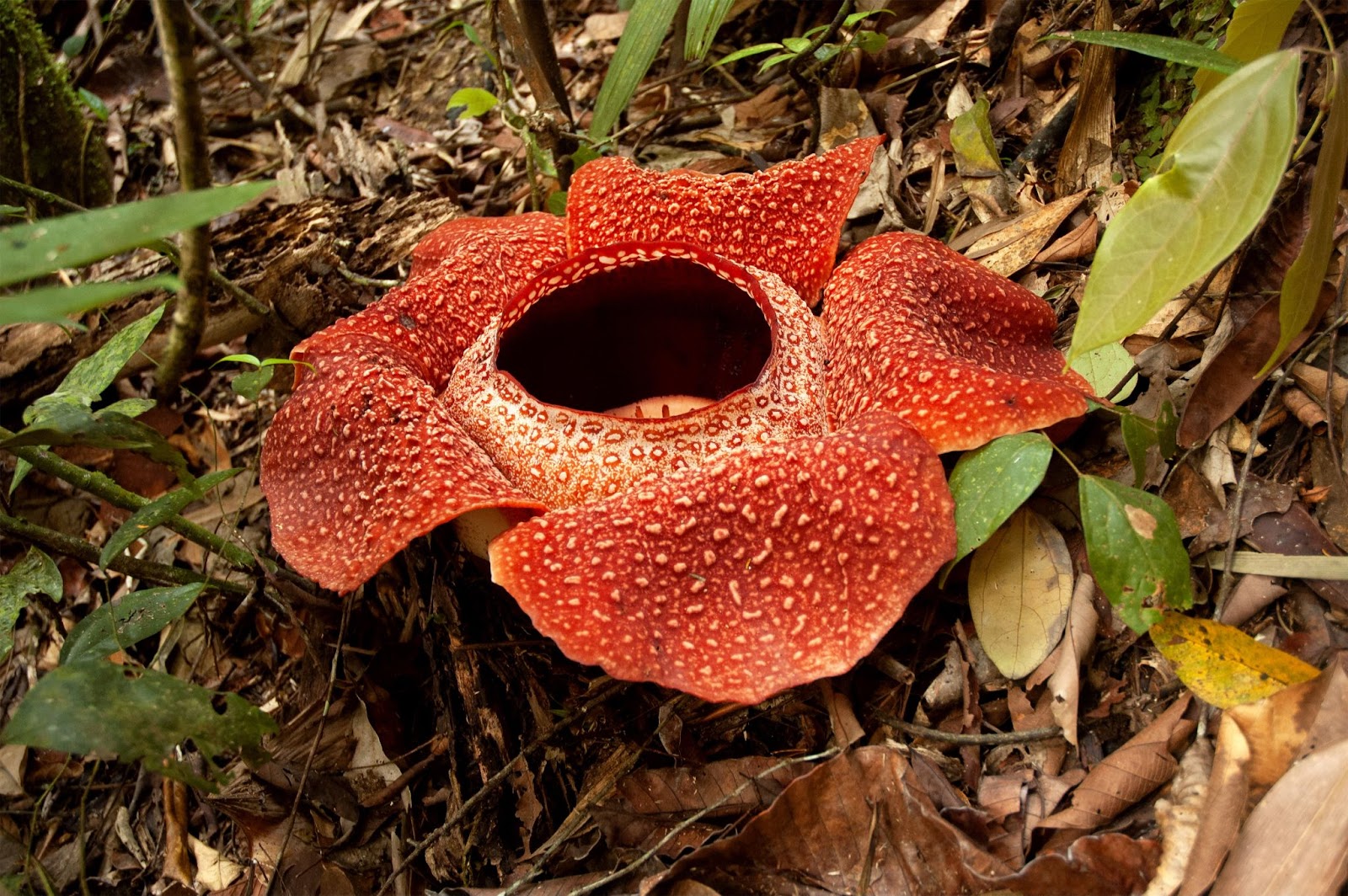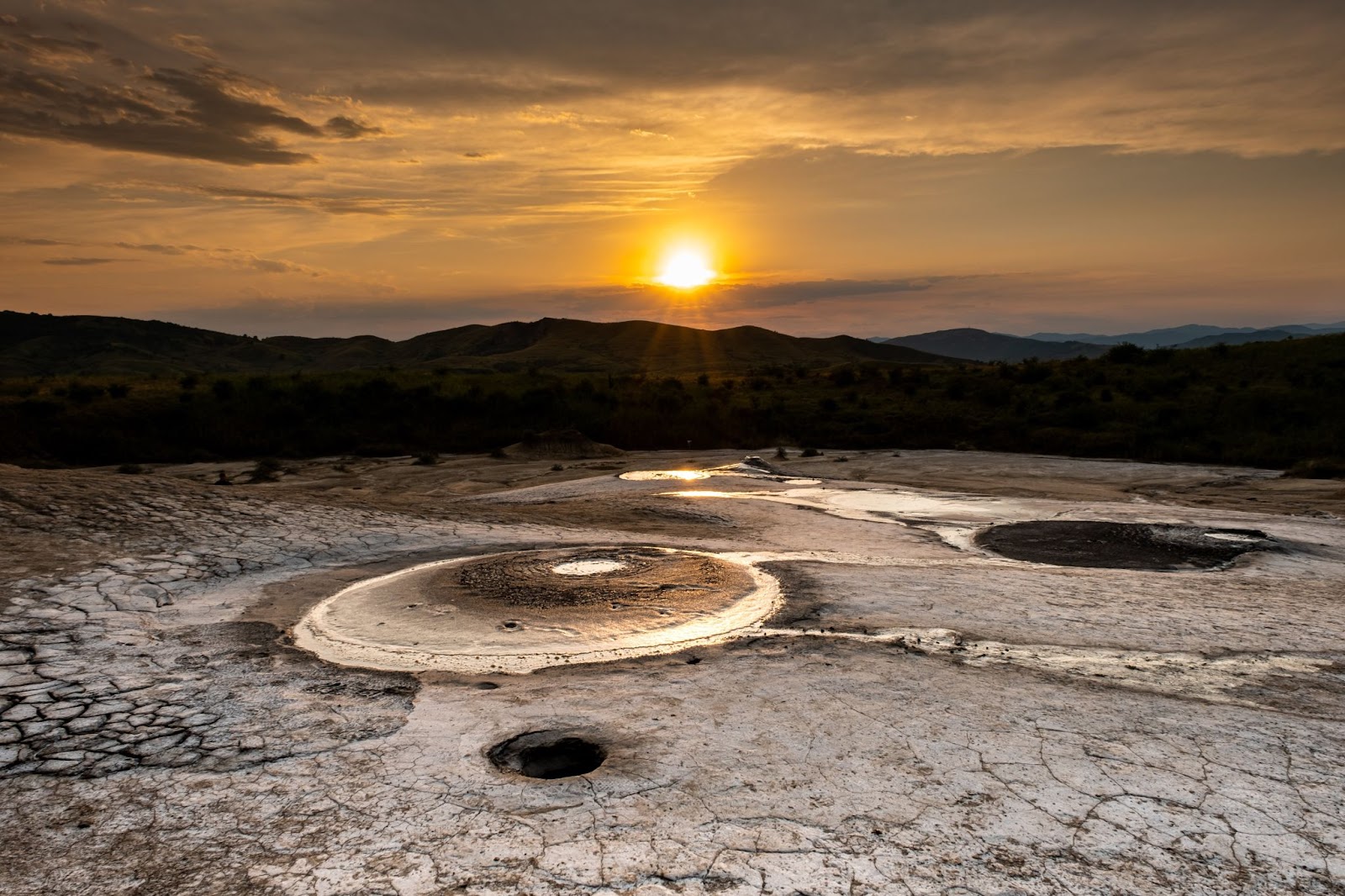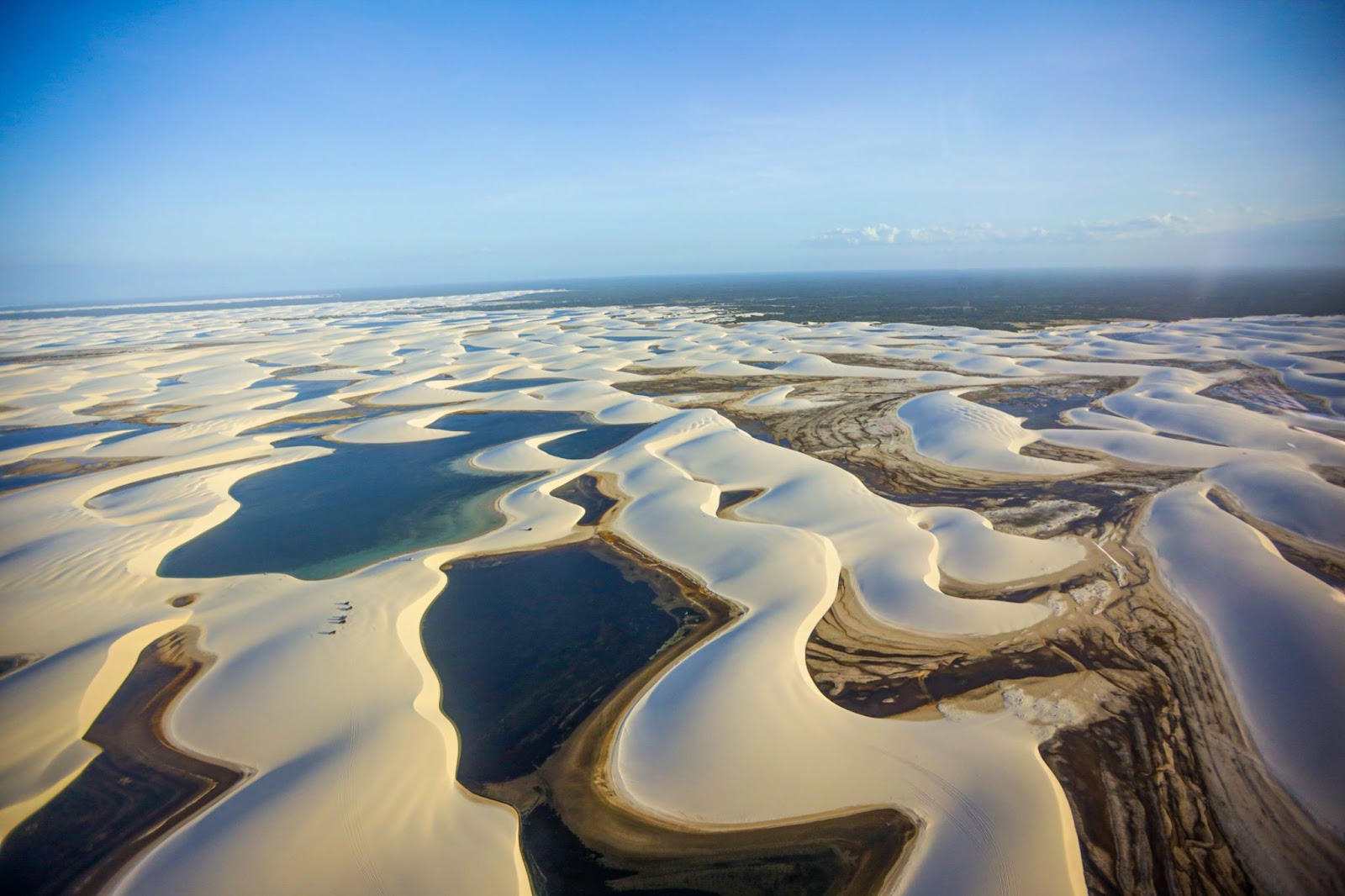People around the world can now explore the wonders of Kinabalu Park in Sabah, Malaysia, through an exciting expansion of the UNESCO World Heritage collection on Google Arts & Culture. This update introduces more than 20 new stories celebrating World Heritage sites around the world, with three dedicated to Kinabalu Park.
Kinabalu Park, located in the northern part of Borneo, Malaysia, is known for its exceptional biodiversity and range of ecosystems, from tropical rainforests to alpine meadows, and for majestic Mount Kinabalu. This park is a biodiversity hotspot with a high concentration of endemic species. Kinabalu Park is one of only three places to have three UNESCO designations: a World Heritage site, a UNESCO Geopark and UNESCO Biosphere Reserve.
This year marks the 25th anniversary of Kinabalu Park becoming a World Heritage site. Below, you can explore stories from the park and other UNESCO World Heritage sites. You can even ascend the majestic Mount Kinabalu with Talking Tours, where you can learn more about this and other remarkable sites using Google AI.

Kinabalu Park, Malaysia
The Kinabalu Park Botanical Garden showcases the park’s most significant plant species. Its Rafflesia Conservation Centre is dedicated to the flower of the same name. The world’s largest flower, the Rafflesia, is teetering on the edge of survival.

Historic Centre of Macao, China
The Portuguese arrived at the small fishing village of Macao in 1557, having been the first Europeans to land in China in 1513. The settlement developed with the addition of several Catholic churches and chapels, the locations of which influenced the urban layout.

Curonian Spit, Lithuania
The Curonian Spit is located in the southeastern Baltic Sea and is shared by Lithuania and the Russian Federation. This elongated sand dune peninsula measures 98 kilometers long and 0.4-4 kilometers wide, and dates back to prehistoric times.
Nyungwe National Park, Rwanda
Nyungwe National Park is Rwanda's first Natural World Heritage site and is located in the Albertine Rift Ecoregion. With an area of 1,019 square kilometers, it contains part of the largest peat bog in Africa and is home to the country’s largest remaining montane rainforest.

León Cathedral, Nicaragua
Designed by Guatemalan architect Diego José de Porres Esquivel, Nicaragua’s León Cathedral is an eclectic masterpiece which not only blends Baroque and Neoclassical architecture, reflecting the transition between the two eras, but also exhibits Gothic, Renaissance and Mudéjar influences.

Buzău Land UNESCO Global Geopark, Romania
Located at the intersection of three main biogeographic regions (steppe, continental and alpine), Romania’s Buzău Land UNESCO Global Geopark is home to over 77 distinct habitats, some of which are directly influenced by local geological features such as salt, petroleum and mud volcanoes.

Lençóis Maranhenses National Park, Brazil
Lençóis Maranhenses National Park, Brazil is shaped by nature: 57% of the park consists of white sand dunes, which are formed by strong uni-directional winds, and permanent and temporary freshwater lagoons, which are replenished by rainfall and groundwater fluctuations during the rainy season.